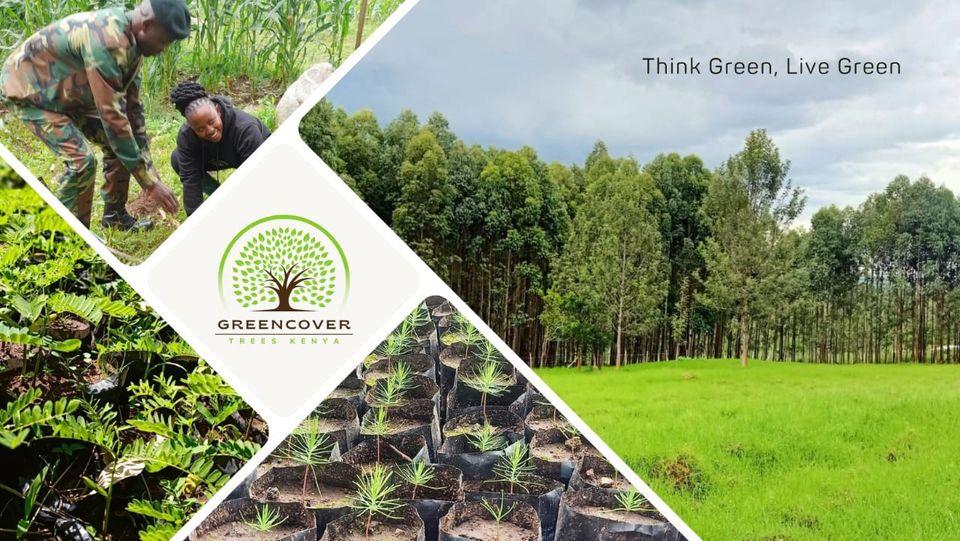 25 April
25 April
Protecting our Riparians
The term “riparian” is defined as vegetation, habitats, or ecosystems that are associated with bodies of water – dams, rivers, springs, streams and lakes. Put more simply, riparian areas are the green ribbons of trees, shrubs, and grasses growing along water-courses. The required minimum distance is six metres up to a maximum of 30 metres from the highest water mark on either side of a river bank or stream. This distance is based on the width of the river and the water volume at any given time.
Riparian zones provide a critical habitat for wildlife.
Scientific research clearly documents that riparian zones deliver tremendous public health and safety, economic, ecological, recreational, and other life-supporting benefits. Among their many services, riparian zones:
- protect the quality of the water we drink
- stabilize stream banks and minimize erosion
- intercept pollutants carried by surface water runoff that would otherwise enter local waterways
- reduce flooding downstream by absorbing and slowing the flow of storm water
- prevent sedimentation, which can choke off stream bottom life
- provide food and habitat for wildlife of the land, water and air
- protect associated wetlands; and
- provide the potential for outdoor recreational opportunities
By destroying riparian zones, not only do pollutants not get filtered out, the amount of water that moves into these systems is not regulated and this can have a great impact on natural events, such as flooding which we always experience in most parts of the country during the rainy season. In some cases, the rivers and streams that once flowed in these riparian zones will also dry up leading to water shortages in households living downstream.
Riparian areas are priceless resources and we all have a responsibility to protect and restore these natural assets to help ensure a clean and healthy environment for future generations. These resources are critical for the water quality, water quantity, habitat, and flood reduction functions they provide to society.
